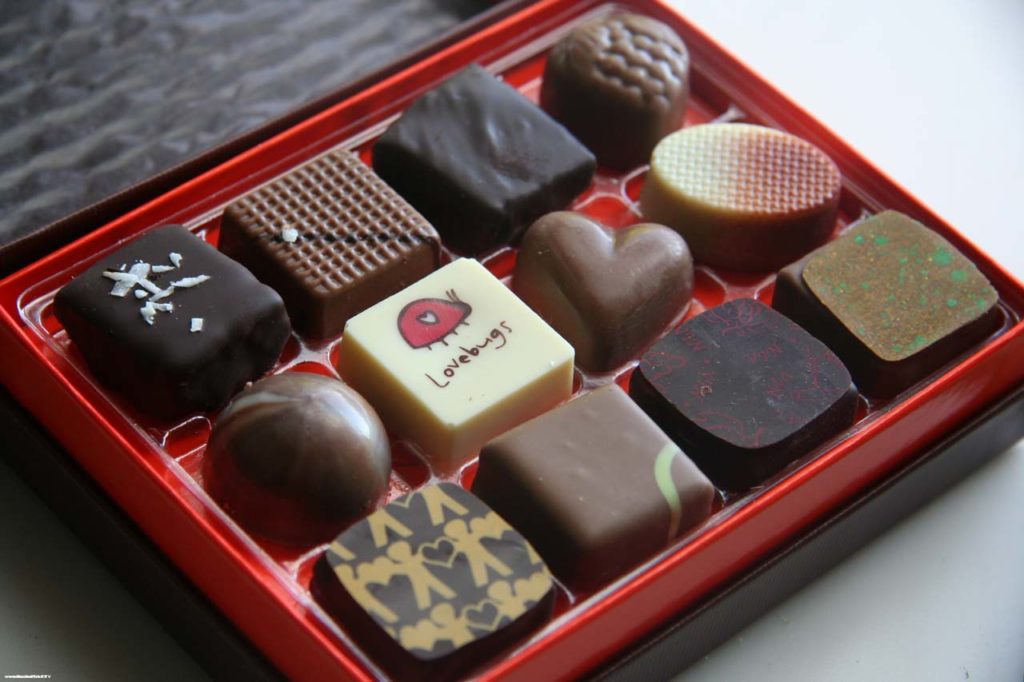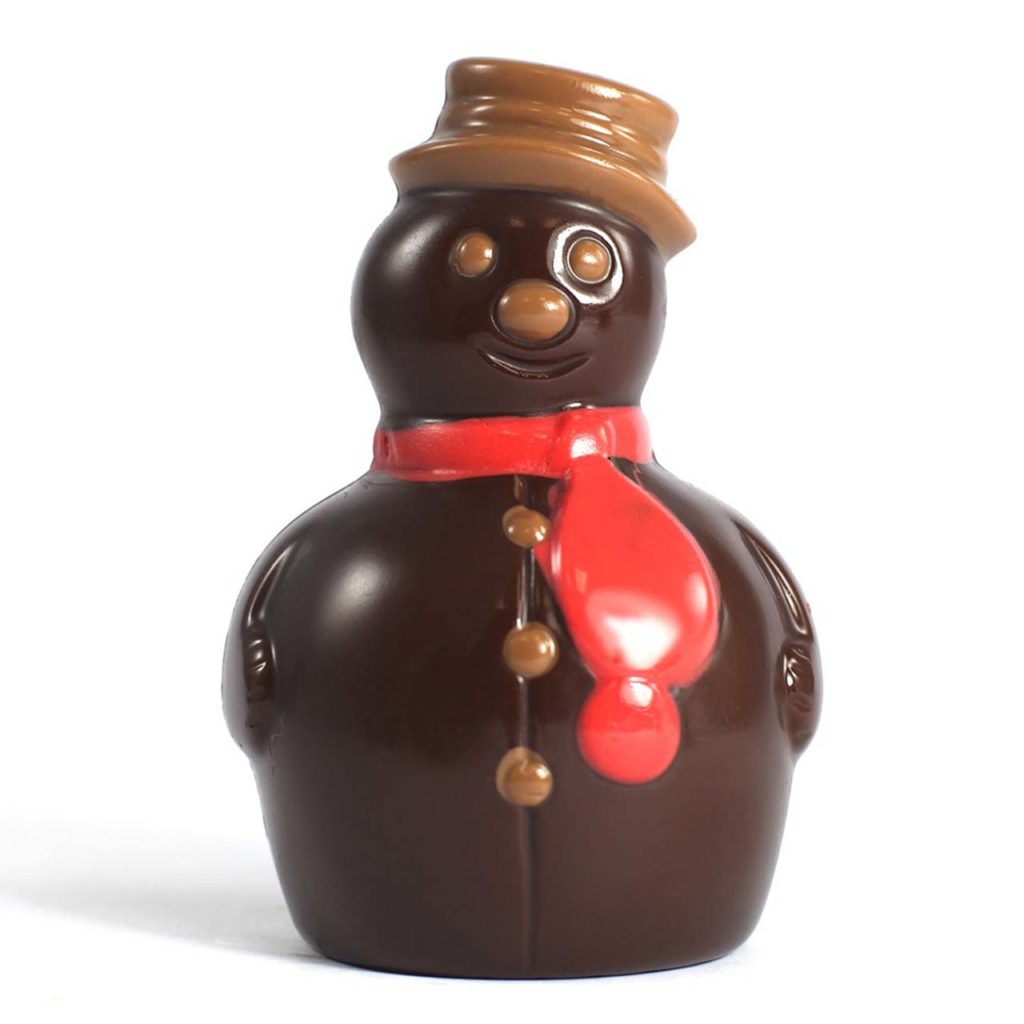How one of the world’s best chocolatiers is reinventing the artisanal sweets market in his 40,000 square foot Brooklyn army terminal manufacturing facility
by James Tate
The scenery of American foodmaking in the new century is littered with options a jostling and overcrowded stage that has sent slow food and local maker proponents, cooking tools, and celebrity personalities into every corner of the mediasphere. From an endless stream of food blogs and podcasts to the impulse display at the neighborhood Whole Foods, to the boutique cannery you just passed on the street (Was that even there last week?) modern food entrepreneurship demands among qualities like social media acumen, on camera garrulousness, and, oh yes…that he or she actually be good at cooking that professionals also draw back any curtain of mystery that remains between buyers and the kitchen.

It can be easy to forget that the culinary landscape did not always look this way. When famed chocolatier Jacques Torres opened his first factory and retail shop in Dumbo in 2000, Brooklyn had not yet found its aegis as an artisanal hub and it would be another two years before The Food Network introduced audiences to names like Rachael Ray and Paula Deen. Torres, by that time a master of pastry cooking, and having led programs at The Ritz Carlton Company and famed restaurant Le Cirque, found himself at the vanguard of change. “I was one of the first ‘celebrity’ chefs to move from Manhattan to Brooklyn,”
Torres said. “The industry said ‘My God, Jacques has gone crazy!’ It was not fashionable. It just wasn’t done.” Torres is no stranger to innovation, having struck out at age fifteen to begin a chocolate apprenticeship in his home of Bandol, France, before becoming in 1986 the youngest person to ever win the Meilleur Ouvrier Patissier de France (“Best Craftsman of France”) competition, which is held every four years. In 1988, after teaching for several years at a culinary school in Cannes, Torres relocated to the U.S. and by 1996 found himself Dean of Pastry Arts at New York’s International Culinary Center (ICC). During this period, he released his first television series, the 52 episode Dessert Circus with Jacques Torres (produced by San Francisco based PBS station KQED), along with two companion books. So, it was with a forward leaning pedigree one foot in the traditions of his childhood France and one at the head of a burgeoning foodie media movement that Torres led the charge of Manhattan chefs into its neighboring borough, a trickle that would quickly become a flood.
“We were a huge success,” said Torres of the move. “People came to the store just to thank us for opening there.” The Dumbo factory was soon unable to meet the demand for its chocolates, and so in 2004, a second factory and store was opened on Hudson Street in downtown Manhattan a brief pivot away from Brooklyn that was quickly checked by the ever growing need for more space.

“My spaces in Dumbo and Manhattan were just too small,” Torres recalled. “I was looking for a much bigger facility, and the Bloomberg administration heard about it basically they wouldn’t let me leave New York,” he laughed. “They asked me to visit the Brooklyn Army Terminal, and I was thrilled. It’s an amazing space a piece of American history with a lot of soul, and I just fell in love.” Torres agreed to the relocation, and in 2013 his now flagship 40,000 square foot manufacturing facility opened its doors.
The 58 year old chef is thrilled by his factory’s new Sunset Park base. “I’m in love with the architecture and with the history,” he said, adding that the thrum of maker businesses that begins in revitalized Industry City just north of the factory and continues south along the waterfront—makes for a vibrant community of neighbors.

“If you’re young and talented and poor and you want to open a business, there’s no way you can do that in Manhattan,” observed Torres. “You have to get out of there. Hopefully not too far out, because Manhattan is where you’re going to sell your products, but by creating a space with entrepreneurial people of your caliber, you have a lot of potential for networking and help. That’s what is happening in Industry City and in the Army Terminal, and it’s not just startups…there are companies that have a few years under their belt mixed with new businesses, and that helps everyone.”
Torres expanded his Dumbo retail storefront into the space vacated by the chocolate machinery, but found the 5,000 square feet of empty factory floor at his Hudson Street location too large to fill.

“I moved my factory, and that store was dying,” he explained. “People were used to coming to see us make the chocolate in front of them, so suddenly there was no more interest.”
A friend named Eddy Van Belle approached him with a proposal.
“He asked if I would open a museum. We had a big store with an empty space next to it, so I said yes.” Plans for the Hudson Street based project, ultimately dubbed The Chocolate Museum and Experience with Jacques Torres, were devised, including different spaces encompassing the history and heritage of the cacao bean (going back half a millenium) and leading visitors forward to the present day.
The museum, also referred to as Choco Story New York, welcomed the public last spring. It is the fifth museum of chocolate history set up by Van Belle, with sibling locations in Belgium, France, and Mexico. With barely a pause following the opening of Choco Story New York, Torres moved swiflty to his next large scale enterprise a plantation in Yucatán, Mexico consisting of 5,000 cocoa trees, yet another innovation by the chocolatier in response to a shifting industry.
“The quality of good cacao beans is under attack,” he said. “The new hybrids produce more cocoa, but the quality is less good; it’s made for big companies like Hershey and Nestlé. Because they use more sugar, they can hide the flavor, but I can’t. My chocolate doesn’t have much sugar, so I need to control the sourcing of good beans.” Torres hopes to open the plantation to the media as well as to visiting students as a teaching tool (as he remains ICC’s Dean of Pastry Arts). “I’d like to teach people about cocoa quality and about nature, which is very important.”

He also continues to release new lines from the Brooklyn Army Terminal factory.
“We create new things for the holidays, of course. This year we’re working on clusters of praline with chocolate and cereal, and they are delicious. We’re also working on drops: imagine a drop falling completely flat on a piece of parchment paper, but inside that drop there is a filling and it’s light and small, but packed with flavor.
“As you know, retail is more and more difficult today,” he offered when asked about future marketing plans, “Because millenials don’t buy the same way. We have to find ways to stay relevant, so I do whatever I can to achieve that.”

Jacques Torres Chocolate
Brooklyn shop
66 Water Street / 718.875.1269 / mrchocolate.com
